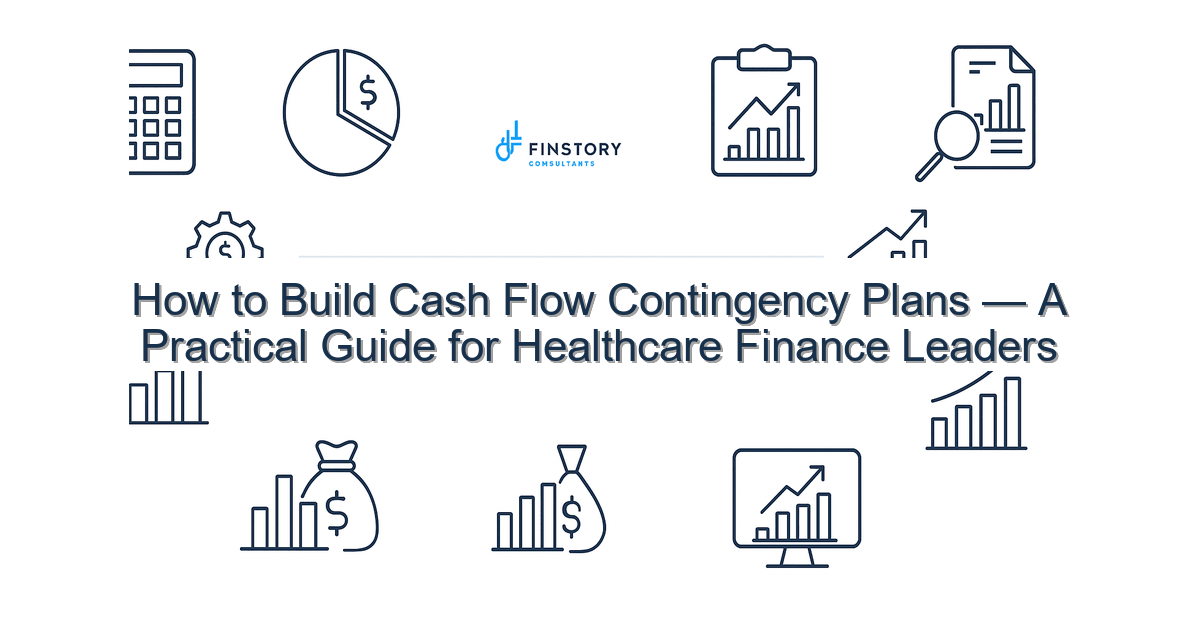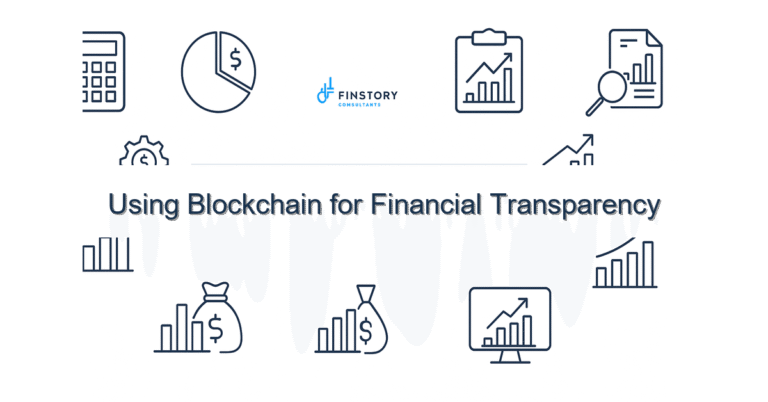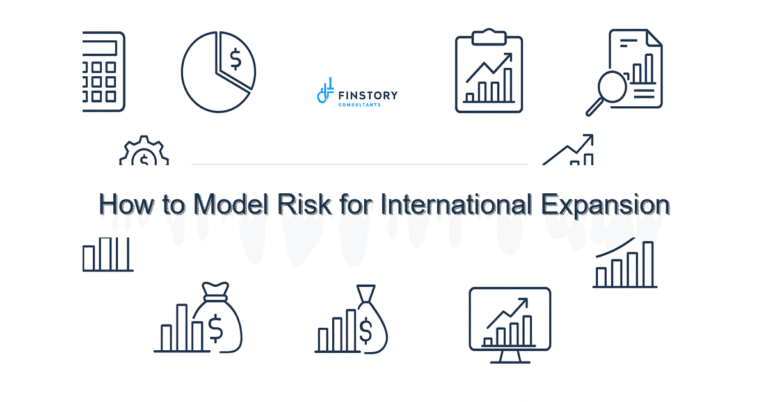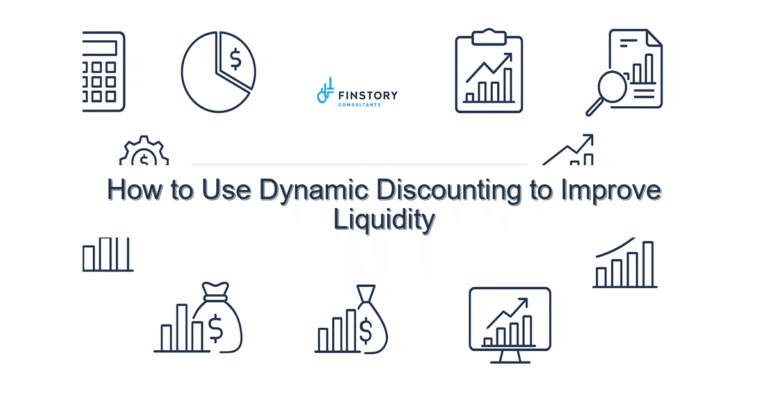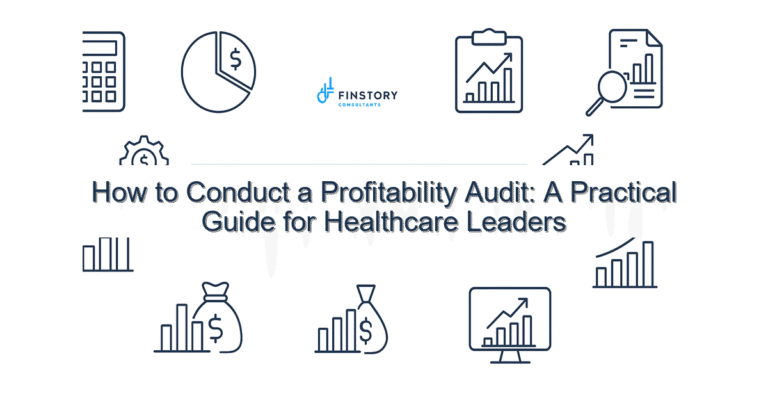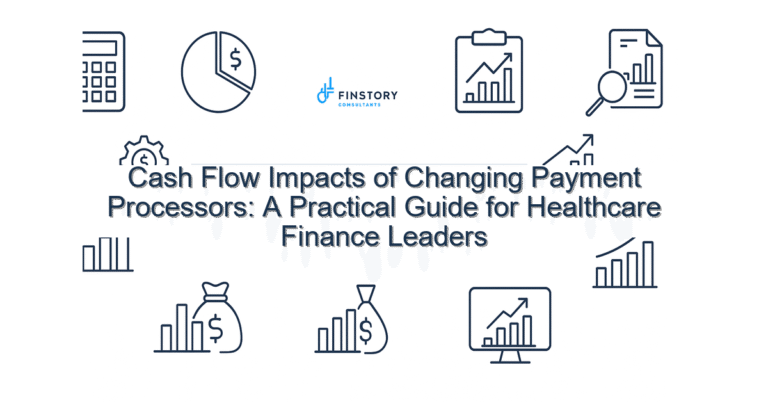How to Build Cash Flow Contingency Plans — A Practical Guide for Healthcare Finance Leaders
You know the feeling: a sudden payor delay, a vendor pushing earlier terms, or an enrollment miss that tightens cash faster than your board expected. You need contingency plans that work in the real world—fast, defensible, and aligned with clinical priorities.
Summary: Build a pragmatic, data-driven cash flow contingency plan that gives leadership clear triggers, prioritized actions, and the dashboards to act—so you protect operations, preserve optionality, and keep patient care uninterrupted.
What’s the real problem?
Healthcare organizations face more cash volatility than most industries. Payment timing, regulatory shifts, seasonal volumes, and workforce costs converge into a single point of risk: not enough cash at the moment you need it. That forces reactive cuts and hasty decisions that harm operations and staff morale.
- Symptoms: recurring last-minute borrowing or emergency draws on the line of credit.
- Symptoms: leadership asks for weekly cash updates but decisions still feel emotional, not data-driven.
- Symptoms: no prioritized list of actions—so everyone scrambles and the easiest cuts happen first.
- Symptoms: forecasts ignore the timing of receipts (e.g., payor lag) and overstate liquidity.
What leaders get wrong
Leaders want assurance quickly, but common approaches miss the mark:
- They treat contingency planning as a one-off playbook—dusting it off only after a crisis hits.
- They focus on high-level scenarios without operational triggers—so plans are vague and unusable.
- They rely on Excel models that mix assumptions, actuals, and political hopes in one sheet.
- They ignore stakeholder sequencing: without clinical and procurement input, ‘cuts’ can create more cost later.
A better approach
Contingency planning should be simple, practical, and integrated into your weekly rhythm. Use a three- to five-step framework that ties cash thresholds to actions and owners.
- 1) Baseline the cash picture: build a 13-week rolling cash forecast by cash-in and cash-out timing (AR aging curves, payor remits, payroll dates, vendor terms).
- 2) Define clear trigger levels: e.g., Green (90+ days runway), Amber (45–90), Red (<45). Associate each level with an approved playbook.
- 3) Prioritize actions by impact and reversibility: first pick deferrable spend, then non-clinical hiring freezes, then negotiated vendor term changes—avoid cuts that harm patient throughput.
- 4) Assign owners and SLAs: every action has a responsible person, a timeline, and an expected cash impact estimate.
- 5) Automate reporting and run regular ‘what-if’ rehearsals—update assumptions weekly and test two downside scenarios monthly.
Real-world example: A midsize community hospital put this framework in place last year. By defining an Amber trigger and a two-week action list including a temporary vendor hold and a prioritized elective-surgery schedule, they reduced emergency borrowing by 40% during a reimbursement delay and avoided layoffs.
Quick implementation checklist
Start this week with these concrete steps:
- Gather: pull last 6 months of cash receipts, AR aging by payor, payroll schedule, and recurring vendor payments.
- Build a 13-week rolling cash forecast using receipts timing, not invoice dates.
- Set three runway bands (Green/Amber/Red) and document what each band implies operationally.
- Create a one-page contingency playbook with 6–8 prioritized actions and owners.
- Identify one quick win: negotiate one vendor payment extension or accelerate a receivable (e.g., holdbacks).
- Stand up a weekly 15-minute cash huddle for finance + ops to review forecast deltas.
- Build a simple dashboard (Power BI or Excel) that shows runway, top 5 risks, and action status.
- Schedule a tabletop rehearsal of the Red scenario with clinical leaders to validate feasibility.
What success looks like
- Forecast accuracy: improve 13-week cash forecast accuracy to 90%+ for material items.
- Cycle time: reduce time to decision in a cash event to 48 hours from two weeks.
- Cash preservation: avoid emergency borrowing or reduce reliance on credit lines by 30–60% in first year.
- Operational continuity: zero unplanned furloughs or canceled critical services during stress tests.
- ROI: small process and dashboard investments typically pay for themselves within 3–6 months via avoided borrowing and negotiated vendor terms.
Risks & how to manage them
- Risk: Overly aggressive cuts damage patient care. Mitigation: Require clinical sign-off for any action that affects capacity or patient throughput.
- Risk: Data gaps lead to false comfort. Mitigation: Prioritize high-quality feeds for payroll, AR, and largest vendor payments; flag uncertain items with probability tags.
- Risk: Execution failure—plans exist but nobody acts. Mitigation: Use owners, SLAs, and a weekly review with the CFO or COO to enforce decisions.
Tools & data
Good contingency plans lean on reliable data and light automation.
- Finance automation: connect AR, AP, and payroll systems to reduce manual reconciliation and provide near-real-time cash visibility.
- Power BI dashboards: visualize runway bands, scenario comparisons, and the top 10 cash drivers for leadership reporting.
- Scenario models: keep a simple scenario workbook for downside cases (e.g., 10% volume drop, 30-day reimbursement lag) and link outputs to the dashboard.
- Leadership reporting: provide a one-page weekly cash memo for the executive team that focuses on triggers, actions, and owner status—not raw spreadsheets.
Next steps
If you want to move from theory to a working plan this quarter, start by scheduling a 60-minute diagnostic: we’ll review your current forecast, identify the top three timing risks, and outline a prioritized playbook. We can also run a tabletop exercise with your clinical and procurement leads to validate operational feasibility.
Contact Finstory for a tailored session—no vendor pitch, just practical help to get a usable contingency plan in place fast. We work with CFOs, controllers, and operations leaders to map cash flows, stand up dashboards, and train the team so you can act with confidence.
Work with Finstory. If you want this done right—tailored to your operations—we’ll map the process, stand up the dashboards, and train your team. Let’s talk about your goals.
📞 Ready to take the next step?
Book a 20-min call with our experts and see how we can help your team move faster.
Prefer email or phone? Write to info@finstory.net
or call +91 44-45811170.
